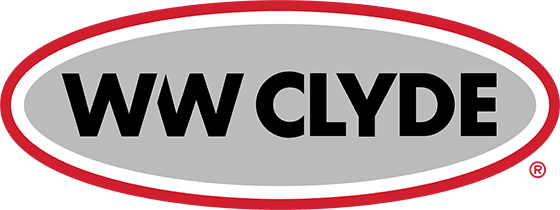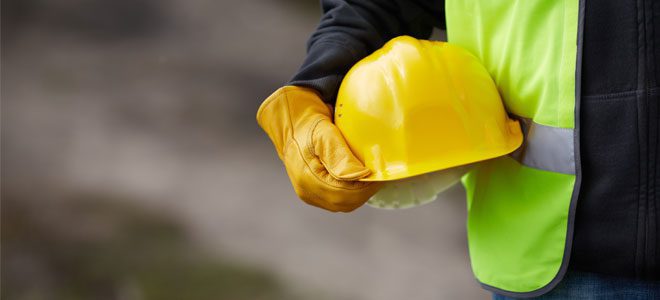In 2012, OSHA reported 183,000 injuries and nearly 800 work-related fatalities in the construction industry. While many improvements have been made in prioritizing construction safety over the years, these statistics are evidence that much can still be done to improve practices and conditions for construction jobsites.
Are you aware of the elements that may cause harm at your worksite?
The numbers prove that four specific causes attributed to the majority (nearly 60 percent) of all worksite injuries and fatalities last year. The short list includes: falls, struck by an object, electrocutions, and caught- in/between hazards
Taking the right steps to prevent these specific causes of injury can minimize risk to your employees and your company.
Eliminating Risk
W.W. Clyde & Co. has found value in providing additional training and taking extra precautions to eliminate these four incidents on our jobsites. The following ideas help us fine-tune our safety practices on a regular basis.
Falls
Proper planning is key to ensuring laborers can safely perform their work at an elevated height. Training is a core resource for eliminating dangerous actions for laborers required to do such work. At a minimum, equipment use, fall protection, and fall regulation training should be provided.
Proper planning also includes preparing the necessary equipment, tools, protective gear and project execution plans for each specific task. Check the following before working at an elevated height:
- Have I selected the right elevating equipment? Or would a ladder/scaffolding/mechanical lift provide a safer option?
- Is my elevating equipment in good condition?
- Will my equipment allow me full access to perform the job at hand?
- Does this situation require guardrails, safety nets, covers or other fall protection systems?
- Are lanyards, snap hooks, lifelines or a body harness necessary for this job?
Electrocution
Recognizing potential hazards will defend your company from unnecessary electrocution incidents. Prior to beginning work, identify areas of possible hazard that could arise under environmental factors like rain or strong winds. Simply knowing the where and how will help you react if the event occurs.
While on the job, control hazardous situations by employing safe work practices. This includes using the proper equipment and ensuring the worker has the necessary tools and clothing for the work situation.
Struck By Object
There are three main ways to reduce striking injuries.
1. Control and maintain your construction area. Approximately 75% of struck-by fatalities involve heavy equipment such as trucks or cranes. Make sure your site is safe for everyone by having a traffic control plan, necessary signage, and ensuring visibility by maintaining efficient lighting at all hours of work.
2. Enforce vehicle and equipment safety standards. All workers should know to stay away from heavy equipment when it’s operating, and be alert of the location of all heavy equipment whether or not it is in use.
- Stay clear of lifted loads and never work under a suspended load
- Workers should confirm and receive acknowledgement from the heavy equipment operator that they are visible
- Be aware of the swing radius of cranes and backhoes and do not enter that zone
- Make sure that all workers and other personnel are in the clear before using dumping or lifting devices
3. Wear proper gear – this includes safety belts. Make sure your employees wear the necessary apparel for the project. Wearing the right protective gear can save your employees from incident and injury.
Caught-In/Between
Proper equipment and training is critical in avoiding caught-in/between incidents. At least one method of guarding should be provided to protect the operator and other employees in the machine area from hazards. Examples of guarding methods are-barrier guards, two-hand tripping devices, and electronic safety devices.
These guidelines will help ensure your employees do not find themselves in a potential caught-between situation.
- Be aware of and stay a safe distance from equipment around you
- Never position yourself between a load and a fixed object
- Keep fingers out of pinch points between rigging and the load
- Never wrap a tagline around your hand, arm or body
- Stay out of the swing radius of all equipment
- Turn off vehicles before you do maintenance or repair work
- Wear high visibility clothing around mobile equipment

